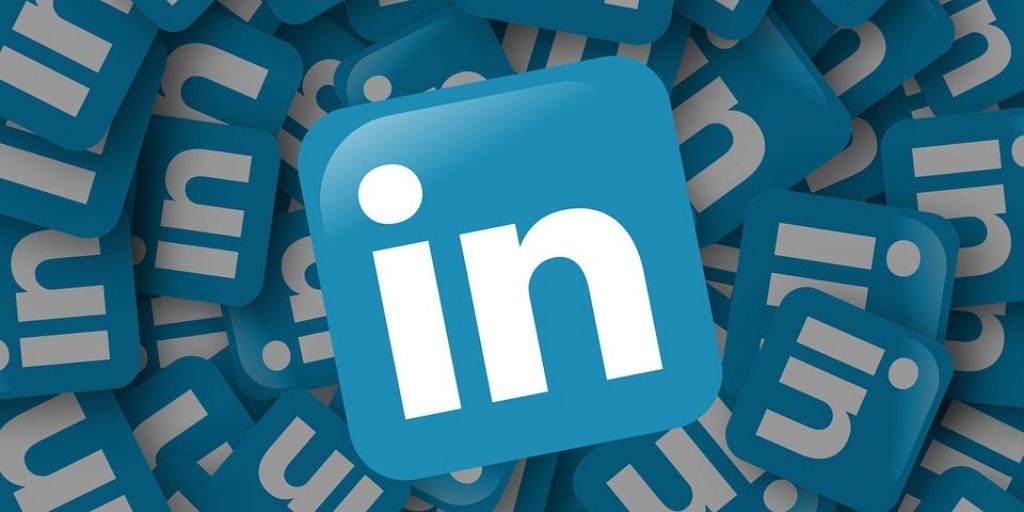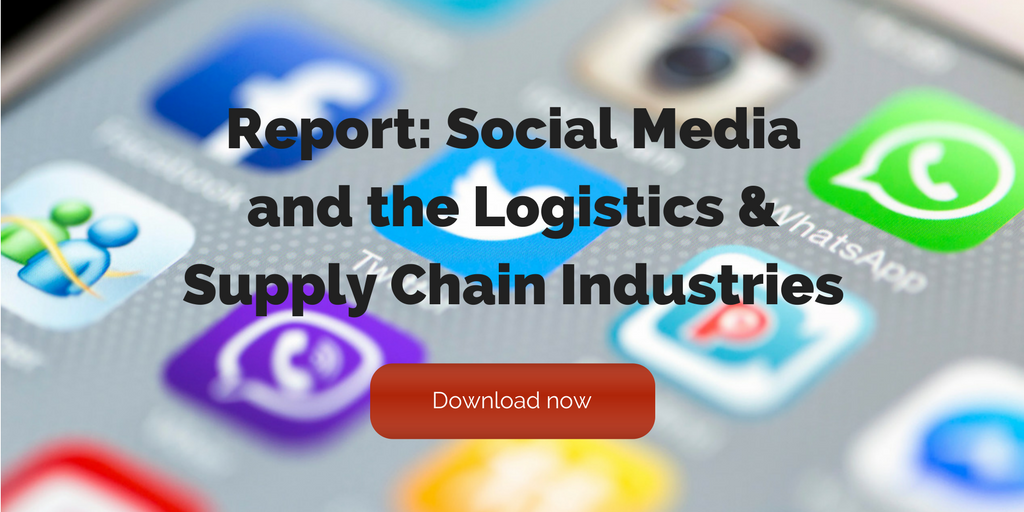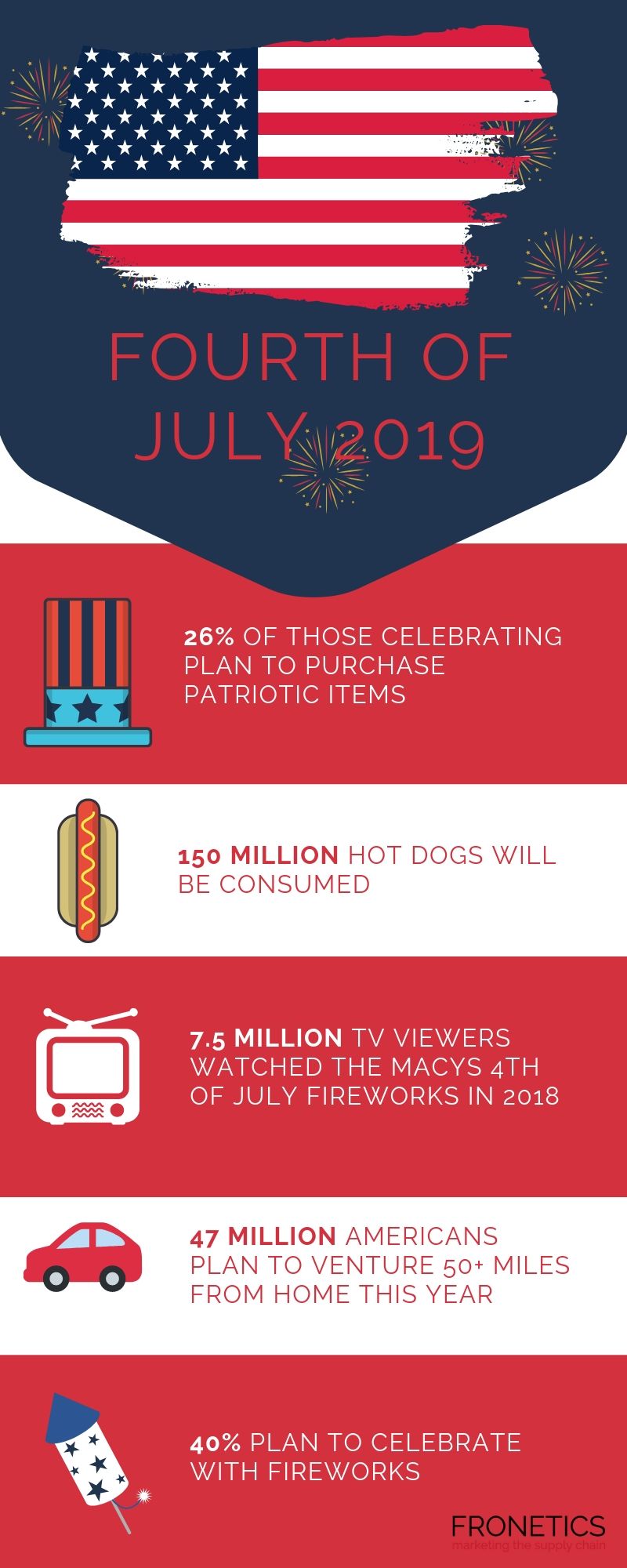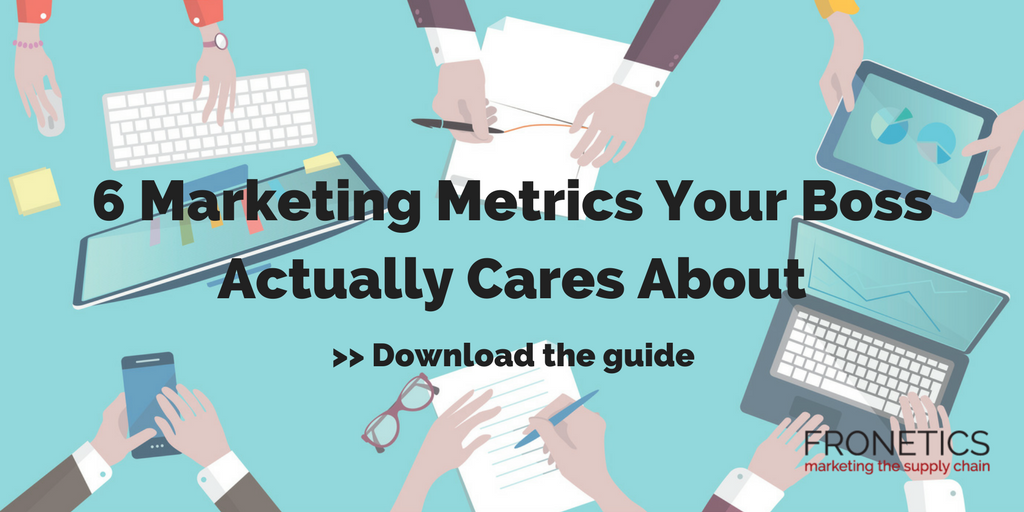
by Jennifer Hart Yim | Jul 9, 2019 | Blog, Content Marketing, Logistics, Marketing, Social Media, Supply Chain
LinkedIn a great place for businesses to make relevant LinkedIn users aware of their brand. However, there are common mistakes that companies make on LinkedIn.
LinkedIn is a powerful social network to connect with industry professionals, especially for B2B(business to business). People use LinkedIn to connect with coworkers and industry peers, get business advice, and even find new jobs. It’s a great place for businesses to make relevant LinkedIn users aware of their brand. However, just like Facebook and Twitter, there are common mistakes that companies make on LinkedIn.
Here are 9 LinkedIn for business strategies to avoid, as well as how to remedy them.
1. You Don’t Answer Questions.
The “Answers” section of LinkedIn, where people go to ask their business-related questions, is a place where businesses establish themselves as industry experts and even find new customers. These questions are categorized by industry; anything from finance & accounting to marketing & sales. Avoiding answering questions because you’re too shy or don’t want to invest the time is such a missed opportunity. Take a few minutes each day to look at the new questions in your industry, and see if there is a question you can provide a helpful answer to.
2. You’re Overly Self-Promotional when Answering Questions.
If you were in a bind and reached out to a community of peers for help, would you want the only response to be “Give me your money”? Of course not. You’d hope for honest and valuable guidance. The “Answers” section of LinkedIn is a fantastic place to find potential customers who have publicly revealed that they have a problem your service/product would solve. Instead of proclaiming that they should hire or buy from you to reach a solution, offer useful advice and let them know to contact you directly if they have more questions. This way, you’ll be building a relationship that will gain their trust, and then they’ll be more likely to turn into a customer.
3. You Don’t Join or Participate in Groups.
If you haven’t joined any relevant groups on LinkedIn, you’re missing out on a few things. First, being in a group lets you share links with that group, so you can share links to your own blog or site (in a very non-spammy fashion, of course). Second, you can find out the latest industry news, because other professionals post helpful links to groups constantly. Also, they’re a great place to find industry peers to connect with, whether to find new customers or even find fellow industry bloggers who could potentially link to you.
4. Your Profile is Blank/Incomplete.
Since you’ll be answering Questions and joining Groups with your personal account, you should make sure your own profile is complete so that you can gain people’s trust and establish authority. If people can’t learn anything about you in your profile, they won’t want to connect with you. Describe your role at your current and previous companies, and provide links to your website and any relevant profiles (i.e. Twitter).
5. Your Company Page is Blank.
Your company page has the potential to gain LinkedIn followers who will see your blog posts, company profile updates, and job openings appear in their LinkedIn newsfeed. But if your company description isn’t filled in, it might prevent people from following you, or even from finding you in the first place. Make sure you optimize your company page by including relevant keywords and links to your website.
6. You Don’t Promote Your LinkedIn Page on Your Website.
Keeping your company’s LinkedIn profile page a secret from your website visitors isn’t a good idea since these are the people most likely to actually follow you. Add a LinkedIn icon to your website to increase awareness of your presence on LinkedIn. Make it easy for your visitors to find out how to connect with you on social media.
7. You Ignore Connection Invitations.
Once you provide value in Answers and Groups, people will start inviting you to connect with them on LinkedIn. Don’t just ignore these invitations. Unlike Facebook, don’t feel like you need to personally know everyone that you connect with. LinkedIn automatically sorts your connections based on how you know them; whether through a current or previous job, or through a group, so don’t be concerned about having a network that’s too big to keep track of.
8. You Don’t Post Status Updates
It might seem like overkill to post updates on Facebook, Twitter, and LinkedIn. But it’s not. LinkedIn is a more professional social networking site than Facebook and Twitter, so it’s likely that you’ll have different followers here who will benefit from seeing your updates. It’s ok to re-purpose content across all of the social channels, as long as you’re not duplicating the content.
What would be your #9? Let me know in the comments below!
This article was written by Diana Urban, marketing manager at BookBub and the former Head of Conversion Marketing in HubSpot. Diana is a results-driven marketer and content strategist who’s passionate about inbound marketing at startups.
Related posts:


by Fronetics | Jul 3, 2019 | Blog, Current Events, Logistics, Supply Chain
U.S. Consumers will shell out $6.78 billion on food for cookouts and picnics for the Fourth of July 2019.
Highlights:
- Holiday food spending is projected to be down slightly from recent years.
- More Americans than ever (48.9 million) are planning to travel this Fourth of July.
- Men are expected to spend about $10 more on average than women.
As Americans get ready to celebrate the nation’s 243rd Independence Day, the National Retail Federation is making its annual list of projections for spending. Holidays have a big impact on the supply chain, and the Fourth of July is no exception.
Who’s spending what?
This year, 86% of Americans are planning to celebrate the Fourth of July. That number is down very slightly from recent years, with 87% celebrating in 2018 and 88% in 2017. Consequently, the average expected spending is down by just a few dollars this year, coming in at $73.33 per person, as compared with $75.35 last year.
Interestingly, while men and women are planning to celebrate in just about equal numbers (86% and 85% respectively), women plan to be significantly more frugal than men when it comes to purchasing food. Men are expected to spend $78.68 on average, while women plan to spend $68.20 each.
What’s everyone doing for the Fourth of July?
Cookouts, BBQs, and picnics are in most people’s plans (61%), with 40% planning to attend fireworks or other community celebrations, and 11% are attending parades. 26% of Americans are expected to purchase patriotic merchandise for Independence Day this year.
Even though overall spending is expected to be slightly down this year, AAA estimates that a record-breaking 48.9 million Americans are planning to travel this Fourth of July. This is a 4.1% rise over last year, with 1.9 million more people planning to get on the road this year. AAA credits the record numbers to lower gas prices, strong economic fundamentals, low unemployment, and rising disposable incomes.
Hot dog stats
Americans eat hot dogs better than just about anyone, and this Fourth of July, we’re expected to chomp down on roughly 150 million. It’s worth remembering that a year ago, Joey Chestnut set the record for the number of hot dogs eaten in 10 minutes, working his way through an impressive 74. Hot dogs are best washed down with a patriotic toast, and Americans are expected to spend upwards of $1.6 billion on beer and wine.
However you plan to spend the Fourth of July, Fronetics wishes you and your family a fun-filled and safe weekend.

(Made with Canva)
Related posts:

by Fronetics | Jul 2, 2019 | Blog, Content Marketing, Marketing, Packaging, Supply Chain
Looking for ways to make your morning commute more productive? These 4 podcasts for packaging and supply chain professionals are on our must-listen list.
Highlights:
- Download podcast episodes for on-the-go access to innovations, insights, and analysis from leading industry figures.
- Talking Logistics with Adrian Gonzalez is both highly approachable and insightful.
- SupplyChainBrain’s episode on Trends in Packaging is a must-listen for packaging industry professionals.
It wasn’t all that long ago when the options for the morning commute were limited by what CDs you had in your car (or Walkman) or what was playing on the radio. With the rise of podcasts, we’re no longer stuck choosing between rowdy drive-time radio hosts or NPR. We’ve chosen 4 podcasts for packaging and supply chain professionals that offer top-notch industry analysis, insights, and conversations.
Podcasts are a series of digital audio files that enable users to subscribe and download, so listening on the go doesn’t mean using up your data plan. There are all kinds of podcasts out there on essentially every topic you can imagine. These 4 podcasts for packaging and supply chain professionals will feed your mind, expand your insights, and some might even make you crack a smile!
4 podcasts for packaging and supply chain professionals
1) Talking Logistics with Adrian Gonzalez
We love supply chain and logistics analyst Adrian Gonzalez’s conversational podcast. Listen to a few episodes, and you’ll feel like you’re in on a conversation with your brightest professional contacts. Gonzalez’s easy-to-follow format on Talking Logistics gives it a friendly, casual feel, but it’s bristling with keen insights. The podcast features interviews with industry thought leaders and newsmakers, including supply chain and packaging executives from leading retail companies, academics, authors, and executives from 3PLs.
Recent must-download episodes:
2) SupplyChainBrain
SupplyChainBrain is a series of in-depth conversations with industry leaders, consultants, academics, and experts from every aspect of supply chain management, including packaging. Always current, the podcast has been producing weekly episodes since its launch in 2013. It covers topics like retail shifts, blockchain innovations, labor shortages, and the Internet of Things, and its excellent overview episode “Trends in Packaging: The State of the Art” is a must-listen.
Recent must-download episodes:
3) LogicalLogistics
Though the episodes are older, Bellair Expediting’s podcast is worth listening to, particularly for the packaging industry. It features interviews with executives and experts in transportation, logistics, packaging, and more.
Must-download episodes:
4) Straight Talk with Supply Chain Insights
Research and advisory firm Supply Chain Insights hosts its weekly podcast, Straight Talk, which covers topics from global thinking to trends in data and packaging. Most episodes take the form of conversations and interviews with executives and experts, sharing supply chain and logistics insights.
Recent must-download episodes:
What podcasts for packaging and supply chain professionals have you been listening to lately?
Recent posts:







